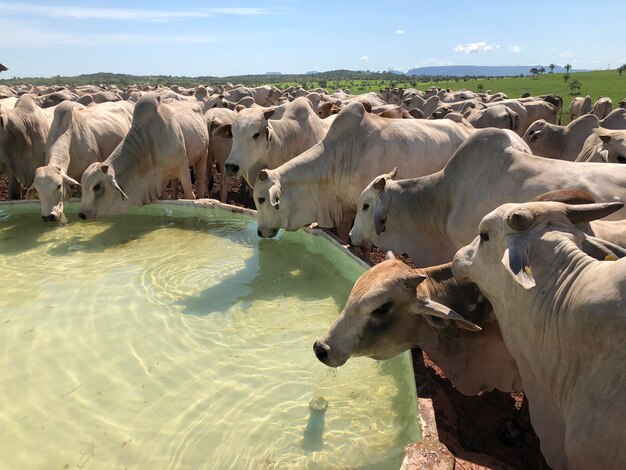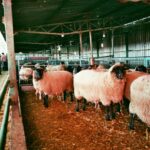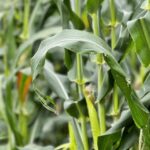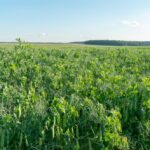Providing clean, reliable water to livestock is essential for maintaining their health, productivity, and overall well-being. A well-designed livestock watering system ensures animals have access to sufficient water, minimizes waste, and reduces labor. Whether you’re managing a small homestead or a large-scale farm, understanding how to build and maintain a watering system is critical for efficient livestock management.
Designing a Livestock Watering System
Before building a watering system, consider factors such as livestock type, herd size, water source, and the farm’s layout. A well-planned system balances water availability with ease of access and efficiency.
1. Determine Water Needs
Different types of livestock have varying water requirements. For example, cattle may require 10–20 gallons of water per day, while sheep and goats need 2–4 gallons. Water needs also fluctuate with temperature, activity levels, and lactation. Understanding these requirements helps in designing a system that meets demand.
2. Select a Water Source
Common water sources include wells, ponds, streams, and municipal water supplies. The source must be reliable, clean, and capable of meeting the herd’s daily needs. Installing a pump system may be necessary to transport water to distribution points.
3. Choose a Distribution System
Pipelines, hoses, and gravity-fed systems can be used to distribute water from the source to troughs or tanks. For farms with varied terrain, a gravity-fed system can be cost-effective, while pipelines powered by pumps are more suitable for flat or expansive areas.
4. Install Water Troughs or Tanks
Water troughs or tanks should be strategically placed in areas accessible to livestock, ideally near grazing areas or barns. They should be durable, easy to clean, and appropriately sized to accommodate herd size. Use float valves to regulate water levels and prevent overflow.
5. Plan for Freeze Protection
In colder climates, freezing water can be a significant challenge. Insulated troughs, tank heaters, or geothermal systems can prevent freezing. Ensure pipelines are buried below the frost line to protect them from extreme temperatures.
Building the Watering System
Step 1: Prepare the Site
Clear and level the areas where water troughs or tanks will be installed. Choose locations with good drainage to prevent water from pooling and creating muddy conditions.
Step 2: Install the Water Source Connection
Connect the water source to the distribution system using pumps, pipes, or hoses. For gravity-fed systems, ensure the water source is located at a higher elevation than the troughs.
Step 3: Lay the Distribution System
Install pipelines or hoses to transport water to designated areas. Use durable materials such as PVC or polyethylene pipes, and ensure all joints are securely connected to prevent leaks.
Step 4: Set Up Water Troughs or Tanks
Place troughs on level ground and secure them to prevent tipping. Install float valves or automated fillers to maintain consistent water levels. For portable systems, use lightweight troughs or tanks that can be easily moved.
Step 5: Test the System
Once the system is set up, test for leaks, proper flow rates, and functionality of float valves or heaters. Adjust as needed to ensure optimal performance.
Maintaining a Livestock Watering System
Proper maintenance is crucial for ensuring a long-lasting and efficient watering system. Regular checks and repairs can prevent costly issues and keep water clean and accessible.
1. Clean Troughs Regularly
Dirty water can harbor bacteria, algae, and other contaminants that harm livestock health. Clean troughs at least weekly, scrubbing them to remove slime or debris.
2. Inspect for Leaks and Damage
Regularly check pipes, hoses, and valves for leaks, cracks, or wear. Promptly repair or replace damaged components to maintain water flow and reduce waste.
3. Monitor Water Quality
Test water quality periodically to ensure it is free from harmful contaminants. Address issues such as high salinity, bacterial contamination, or sedimentation by treating the water or changing the source if necessary.
4. Ensure Freeze Protection in Winter
Check heaters, insulated troughs, and pipelines before winter to ensure they are functional. Remove ice buildup from troughs to ensure livestock can access water.
5. Adjust for Seasonal Changes
As water needs change with seasons, adjust the system accordingly. Increase water availability during hot weather and ensure freeze protection in winter months.
6. Plan for Emergencies
Have a backup water source or portable tanks on hand in case of pump failures, power outages, or drought conditions.
A reliable livestock watering system is a cornerstone of effective farm management, ensuring animals stay healthy, productive, and hydrated. By carefully planning, building, and maintaining the system, farmers can reduce labor, minimize water waste, and support sustainable operations. With proper care and regular maintenance, a well-designed watering system can serve livestock needs for years to come.
Join 'Farmers Mag' WhatsApp Channel
Get the latest Farming news and tips delivered straight to your WhatsApp
CLICK HERE TO JOIN






